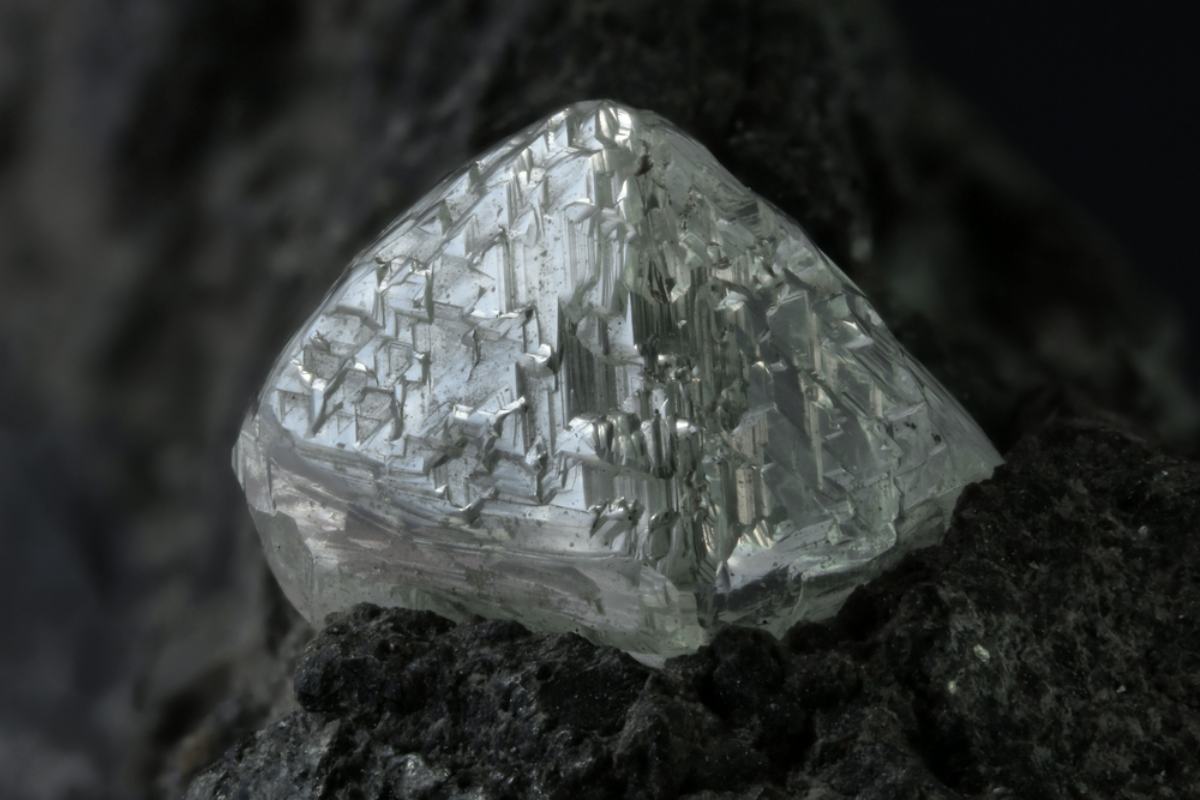Five Metaelements (“beginnings,” elements) – one of the cosmogonic variants, a pre-scientific attempt at a universal explanation of the world. In the Western European philosophical tradition from antiquity to the modern era, the five metaelements included air, fire, water, and earth (the four primary elements of the sublunary world), as well as ether, which composed the bodies of the superlunary world (stars, wandering stars – planets, and the Sun).
In the framework of Aristotelian physics, each of these elements was attributed natural qualities and movements.
For instance, light elements (air and fire) were associated with upward movement, while heavy elements (earth and water) were linked to downward movement, and the superlunary ether was described as moving in a circular motion. The experimental natural science of the 17th century cast doubt on several tenets of Aristotelian physics, particularly the notions of the natural movements of elements and the inherent “lightness” of air.
The decisive blow to the concept of the five metaelements came with the chemical revolution of the late 18th century, leading to a radical rethinking of the notion of an element.
The previous elements turned out to be complex mixtures, often challenging to describe in new terms, and were replaced by oxygen, hydrogen, and other elements of modern chemistry. The last echoes of this concept, in the form of the theory of the world ether as a special medium for the propagation of electromagnetic vibrations, persisted until the late 19th to early 20th centuries.
In Eastern philosophical systems (India, China, Japan), there were their own notions of elements that compose the world.
In the Western tradition, the Greek philosopher Aristotle added a fifth element to Empedocles’ four elements (earth, water, fire, and air), known as quintessence or ether, constituting celestial bodies. It’s worth noting Luc Besson’s film “The Fifth Element,” which depicts love as the fifth element. In Captain Planet, the fifth element is the heart, guarded by Ma-Ti.
In Hinduism, the Mahābhūta consists of:
- Pṛthivī (earth)
- Āp (water)
- Tejas or Agni (fire)
- Vāyu or Vāta (wind)
- Ākāśa (space or ether).
In Buddhism, the Mahābhūta or dhātu includes six elements:
- Paṭhavī-dhātu (earth)
- Āpo-dhātu (water)
- Tejo-dhātu (fire)
- Vāyo-dhātu (wind)
- Ākāsa-dhātu (space)
- Viññāṇa-dhātu (mind).
In traditional Japanese culture, the five elements derived from Buddhism constituting the Godai are:
- Chikyū (地球, earth)
- Mizu (水, water)
- Hi (火, fire)
- Kaze (風, wind)
- Sora no (空の, space or void).
In the Chinese culture transmitted to Korea and Japan, the five elements constituting the Wuxing are:
- Chinese: 金; Pinyin: jīn; lit. “metal,” sometimes translated as gold
- Chinese: 木; Pinyin: mù; lit. “wood”
- Chinese: 水; Pinyin: shuǐ; lit. “water”
- Chinese: 火; Pinyin: huǒ; lit. “fire”
- Chinese: 土; Pinyin: tǔ; lit. “earth.”






